Caught on camera! The world's biggest iceberg, a megaberg, 3 times size of New York City
It's so big, scientists are calling it a "megaberg."
The world's largest iceberg, with the unglamorous name of A23a, continues to move through the ocean near Antarctica, and British researchers last week got an up-close look.
The RRS Sir David Attenborough, which is on its way to Antarctica for its first scientific mission, passed the berg on Friday near the tip of the Antarctic Peninsula.
The iceberg – which is three times the size of New York City and more than twice the size of Greater London − had been grounded for more than three decades in the Weddell Sea before it came loose last week.
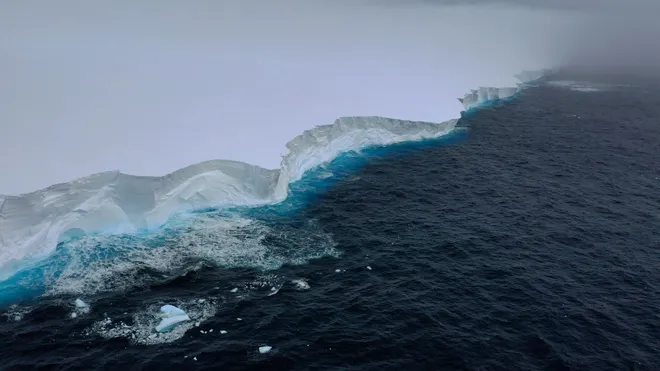
Megaberg on the move:Massive iceberg is 'on the move' near Antarctica after sitting still for decades
"It is incredibly lucky that the iceberg’s route out of the Weddell Sea sat directly across our planned path, and that we had the right team aboard to take advantage of this opportunity," said Andrew Meijers, chief scientist on the research ship, in a statement.
"We’re fortunate that navigating A23a hasn’t had an impact on the tight timings for our science mission, and it is amazing to see this huge berg in person – it stretches as far as the eye can see," he said.
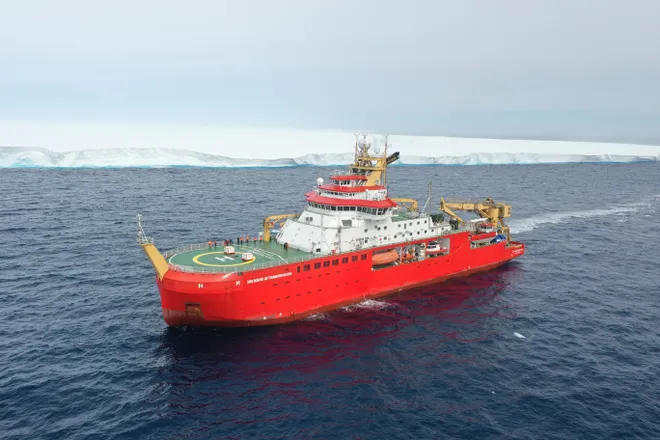
A23a made worldwide news last week after it moved out of the Weddell Sea sector into the Southern Ocean. It calved from the Filchner Ice Shelf in 1986, before being grounded on the seabed nearby, the British Antarctic Survey said. A23a will now likely be swept along by the Antarctic circumpolar current into "iceberg alley," putting it on a common iceberg trajectory toward the sub-Antarctic island of South Georgia.
Laura Taylor, a mission biogeochemist, explained the significance of the A23a samples: “We know that these giant icebergs can provide nutrients to the waters they pass through, creating thriving ecosystems in otherwise less productive areas. What we don’t know is what difference particular icebergs, their scale, and their origins can make to that process," she said.
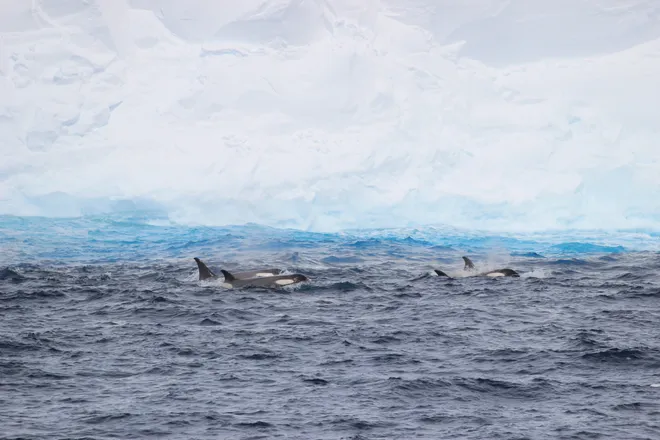
"We took samples of ocean surface waters behind, immediately adjacent to, and ahead of the iceberg’s route. They should help us determine what life could form around A23a, and how this iceberg and others like it impact carbon in the ocean and its balance with the atmosphere,” Taylor said.
The RRS Sir David Attenborough, named after the British naturalist, is on a 10-day science trip that’s part of a project to investigate how Antarctic ecosystems and sea ice drive global ocean cycles of carbon and nutrients.
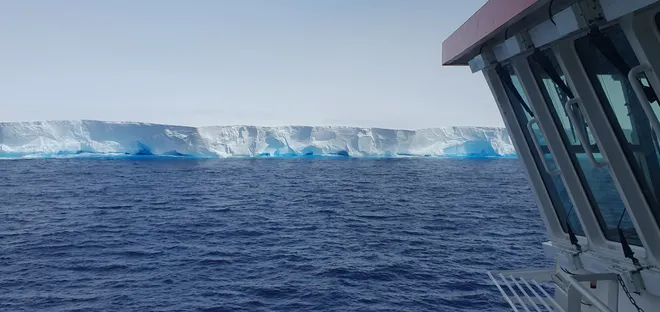
The British Antarctic Survey said its findings will help improve understanding of how climate change is affecting the Southern Ocean and the organisms that live there.
Contributing: The Associated Press
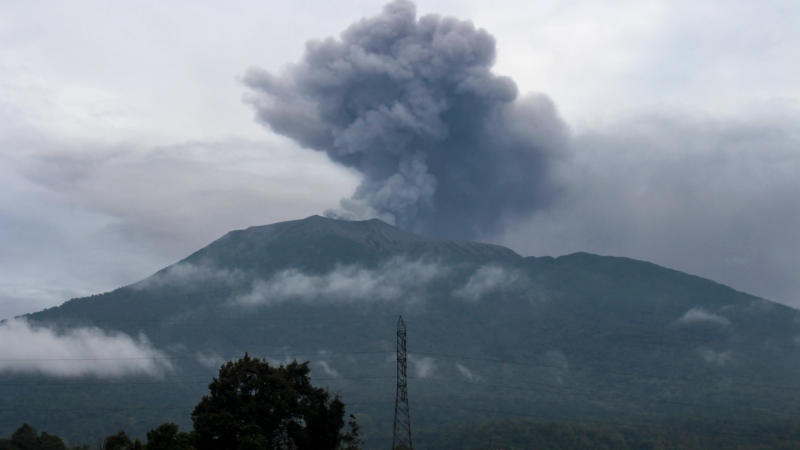
Disclaimer: The copyright of this article belongs to the original author. Reposting this article is solely for the purpose of information dissemination and does not constitute any investment advice. If there is any infringement, please contact us immediately. We will make corrections or deletions as necessary. Thank you.

